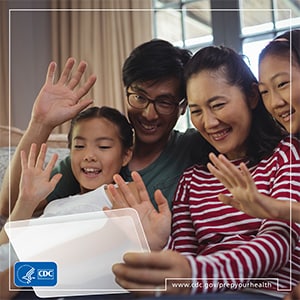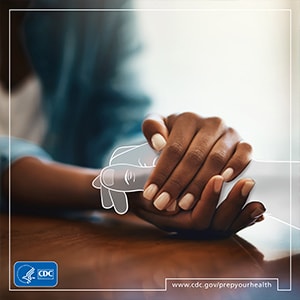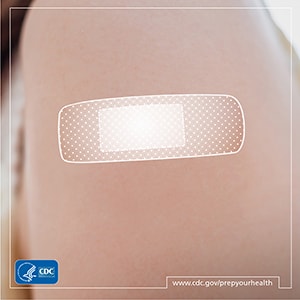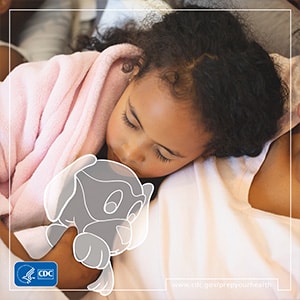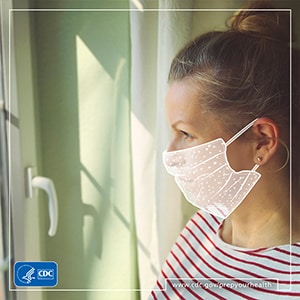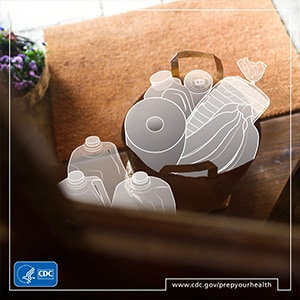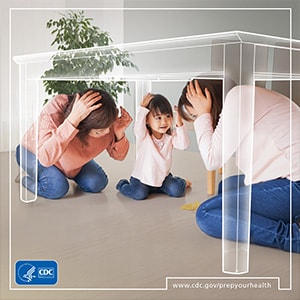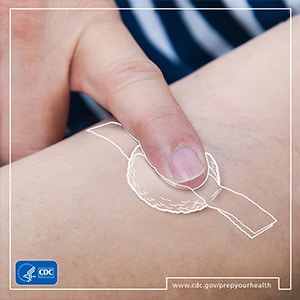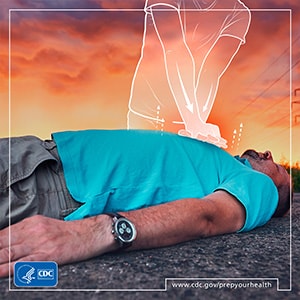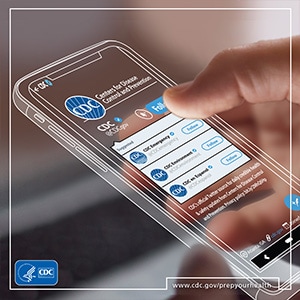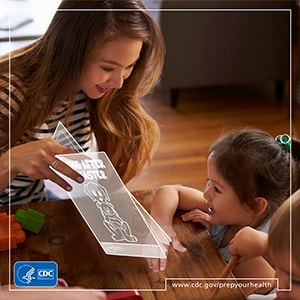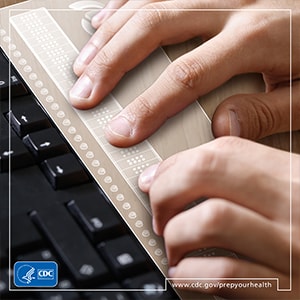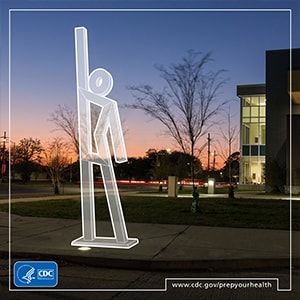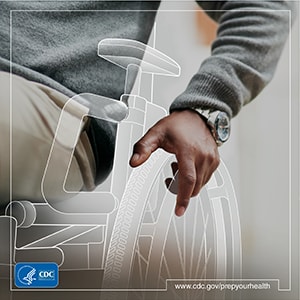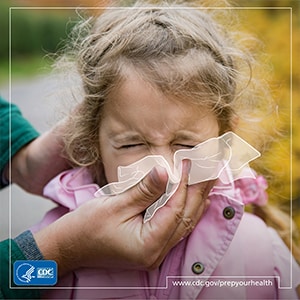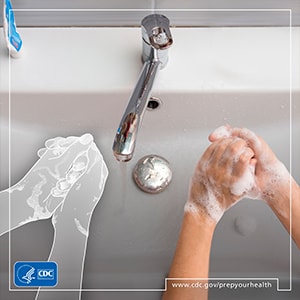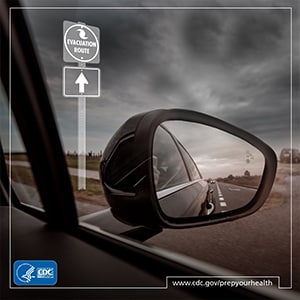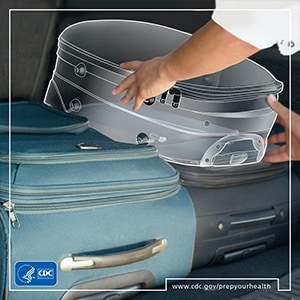CDC Digital Media Toolkit: Create Community
This CDC Digital Media Toolkit suggests ways people can Create Community before and during a disaster, disease outbreak, or other emergency.
What Does It Mean to Create Community?
The word “community” can mean different things. It can refer to a group of people living in the same geographic area; it can describe a group of people with shared interests, purpose, or concerns; or it can help explain a feeling of togetherness between a group of people. This toolkit explores some of these meanings and ways people can work together to improve personal preparedness, social connectedness, and community resilience where they live.[1]
Everyday Ways to Create Community During COVID-19
Creating community is an important preparedness step that can help build resilience to a public health emergency, but how do you achieve this during an emergency? In the case of the coronavirus disease 2019 (COVID-19) pandemic, it begins with following CDC’s recommendations on navigating daily life while taking everyday steps to protect yourself and others, including people who need to take extra precautions. In this section, we consider ways you can create community during the COVID-19 pandemic.
Everyday Ways to Create Community to Prepare for All-Hazards
The need and work to improve personal preparedness, social connectedness, and community resilience doesn’t begin or end with a community’s response to and recovery from any one natural disaster, disease outbreak, or emergency. In this section, we consider everyday ways that communities can come together.
Care for Each Other
Arguably, the greatest strengths of a community are its people, their empathy for others, and their relationships to each other. People who are personally prepared, invested in their communities, and socially connected are often better able to protect themselves and often are more willing and ready to help others through adversity[4]. This section considers ways to take care of yourself and each other before a natural disaster, disease outbreak, or other public health emergency.
Get Involved
People who are resilient and ready to care for their neighbors can have positive, even life-saving impacts on their neighbors[5] and in their communities at large.[6]Response training (e.g., hands-only CPR), donations, and volunteerism are just a few of the many ways that you can help yourself and others prepare for, respond to, and recover from an emergency. This section includes ideas of how you can engage with and participate in your community.
Improve Access
Community health preparedness and resilience is not achieved until everyone has a fair and just opportunity to be as prepared as possible. It is the shared responsibility of the whole communityexternal icon to find ways to make preparedness more equitable, inclusive, accessible (i.e., easy to find, use, and understand), and achievable for everyone regardless of race, geographical location, socioeconomic status, disability, health literacy, etc. This section considers some of the ways people can help make preparedness more accessible, equitable, and achievable for everyone.
Lead by Example
Get in the habit of being a preparedness role model for your family and in your community. Modeling healthy behaviors, attitudes, and habits, like getting a seasonal flu vaccine and effective handwashing, can inspire others to do the same. This section considers some of the ways you can serve as a preparedness role model for your family and in your community. You never know who’s watching.
1. https://www.phe.gov/Preparedness/planning/abc/Pages/community-resilience.aspxexternal icon↩
2. https://www.cdc.gov/coronavirus/2019-ncov/daily-life-coping/managing-stress-anxiety.html↩
3. https://www.cdc.gov/aging/publications/features/lonely-older-adults.html↩
4. https://www.phe.gov/Preparedness/planning/abc/Pages/community-resilience.aspxexternal icon↩
5. https://www.ready.gov/neighborsexternal icon↩
6. https://www.ready.gov/neighborshttps://www.phe.gov/Preparedness/planning/abc/Pages/community-resilience.aspx#Footnote1external icon↩
